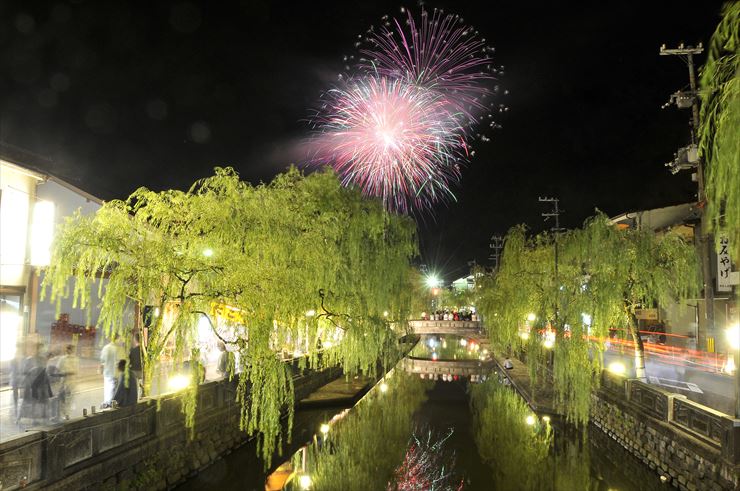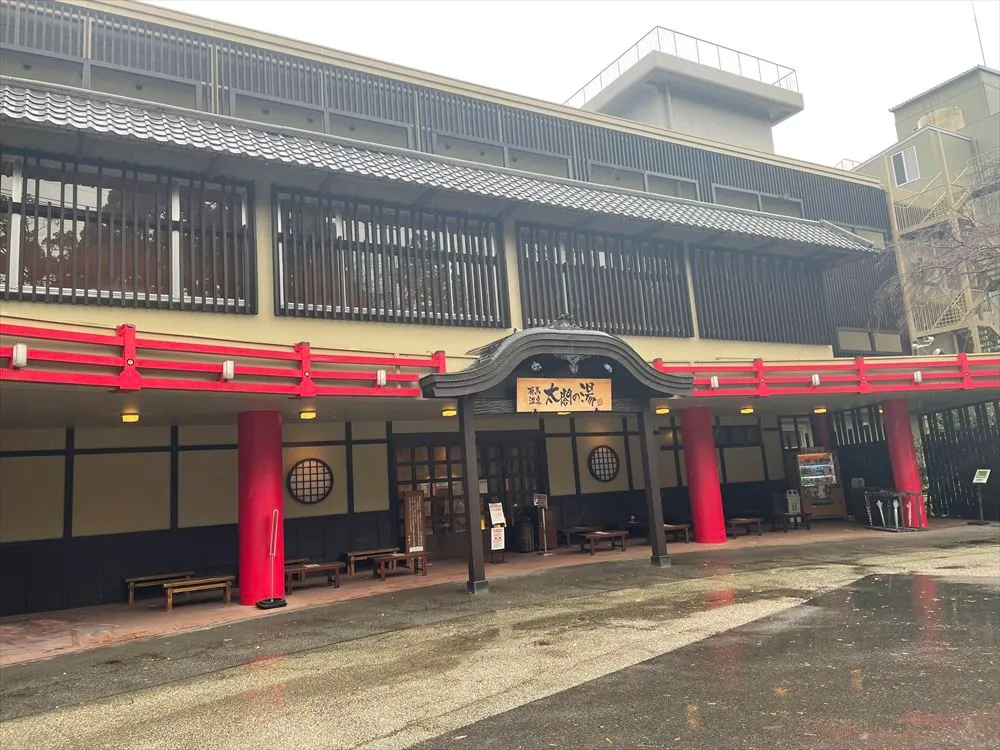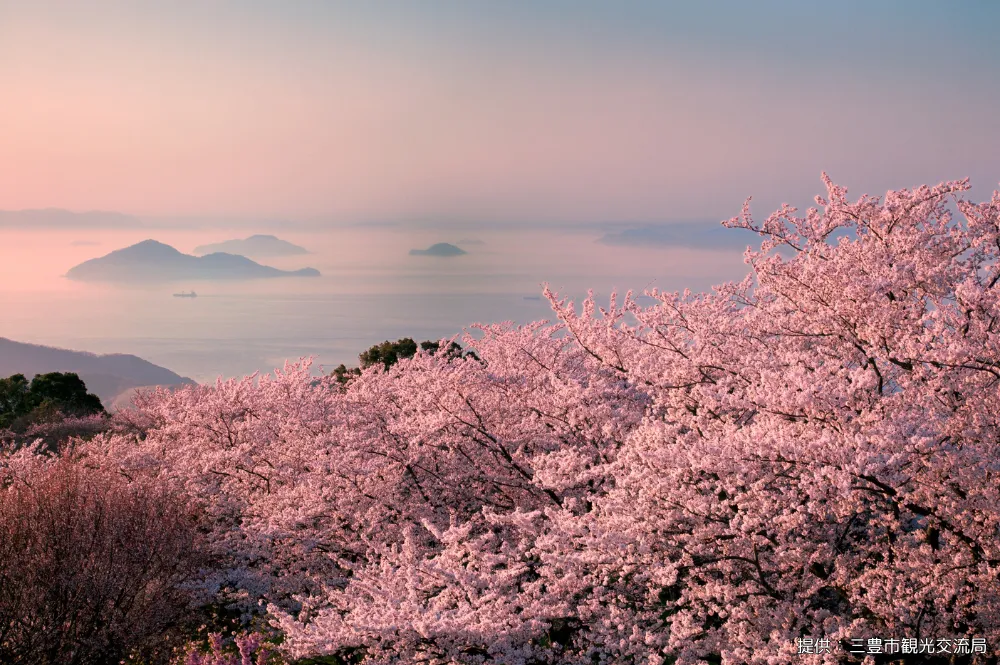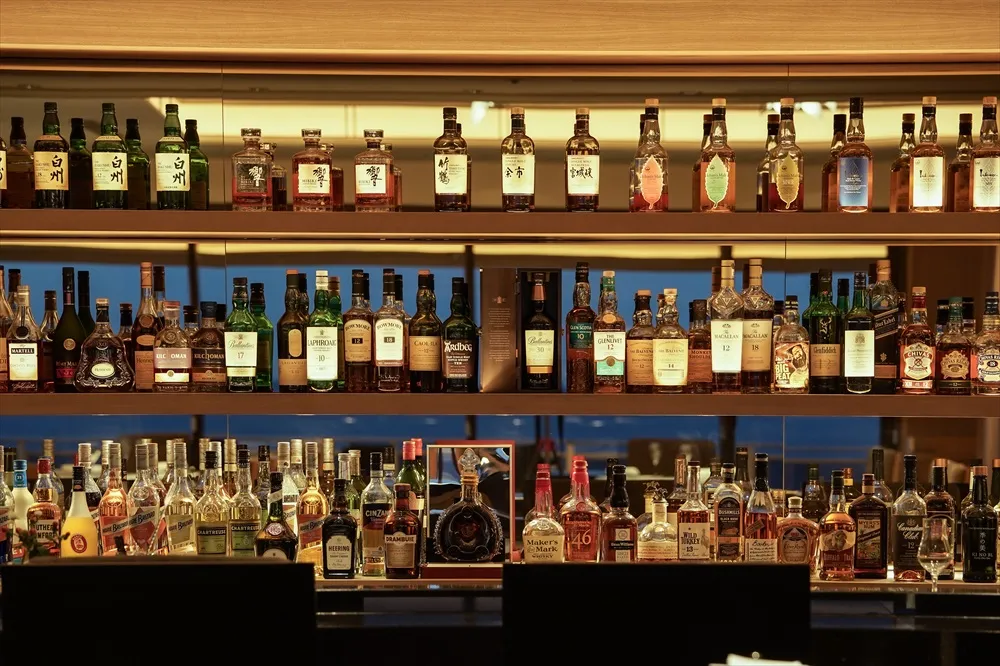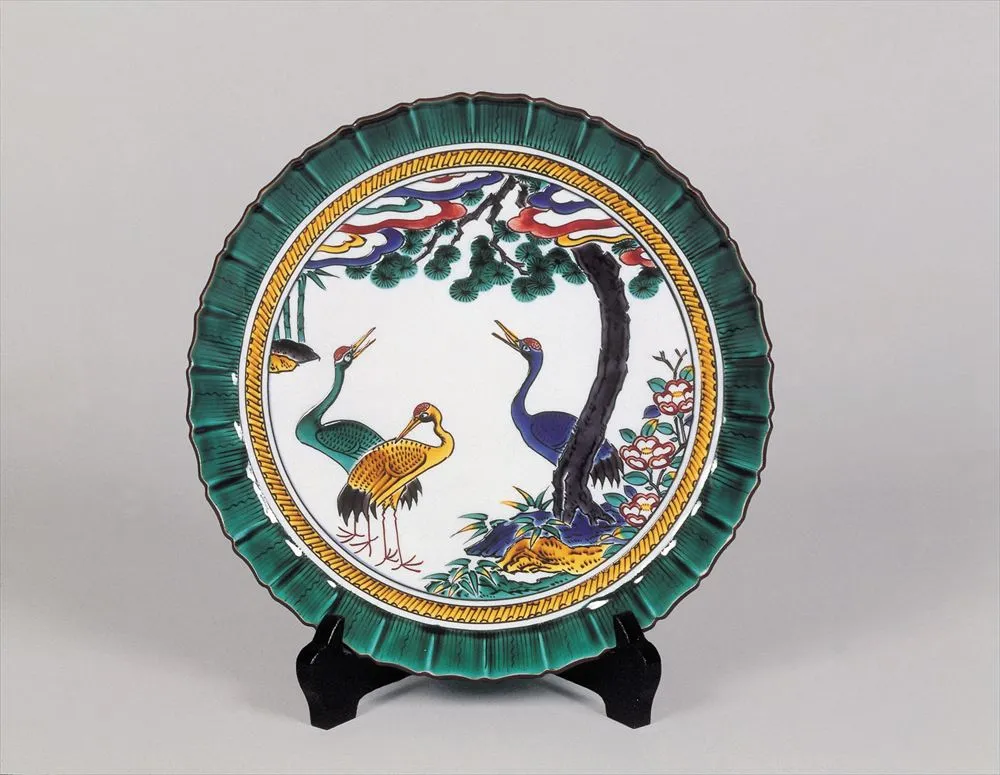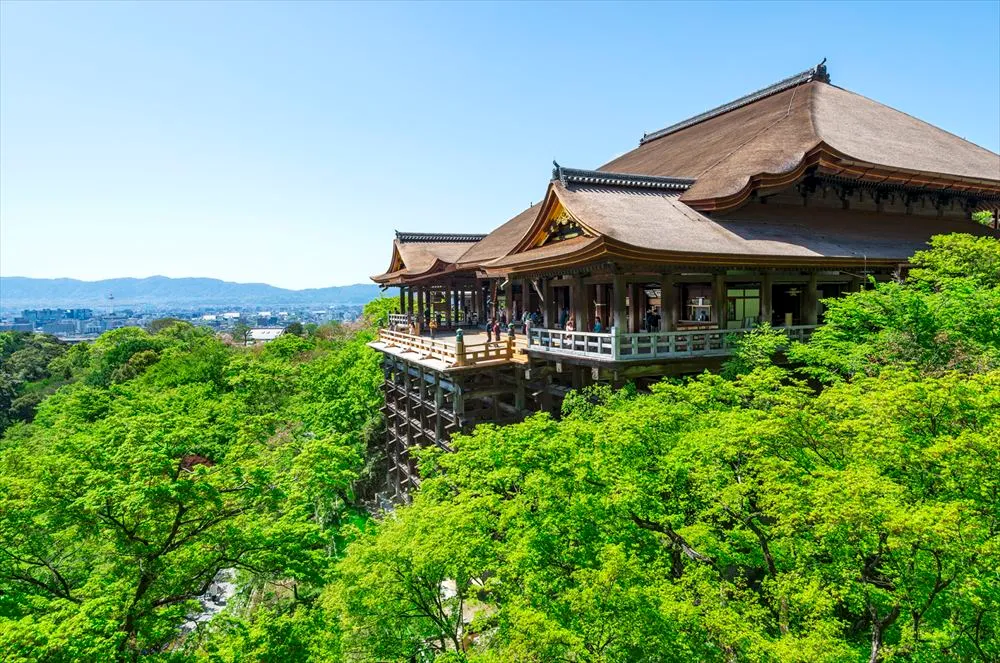For a deep dive into the real heart of Japan, leave the city behind and head to the countryside. Here, we introduce two castle towns just 60 to 70 minutes by train from Osaka. Join the att.JAPAN editors for a stroll, and let us show you the rustic charm of places that stole our hearts!
Venture out of Osaka to Stroll the Old Streets of Tamba
Kaibara (Tamba City, Hyogo Prefecture)
Walk just five minutes from JR Kaibara Station to discover an area still imbued with the captivating history of a castle town. Surrounded by mountains, the serenity of the area soothes the soul.
The land of Kaibara is strongly tied to the Oda family, once ruled by the Sengoku warlord Oda Nobunaga’s younger brother and his descendants. The remains of the Kaibara domain headquarters, rebuilt in the first half of the 19th century, still emanates an air of majesty. Other historic buildings also dot the area, including Kaibara Hachimangu Shrine, said to have been built in 1024.

Former “Jinya” headquarters of the Kaibara Domain

Another exceptional sight is Ki no Ne Bashi, meaning “Tree-root Bridge,” a naturally formed walkway spanning a river, created by the roots of a zelkova tree estimated to be 1,000 years old.

Some facilities are housed in renovated school buildings from the late 19th century.

Flowing right behind Kaibara Station is the Kaibara River (also called Kashihara River) where rows of cherry blossom trees stretch far into the distance, creating a spectacular sight every spring.
The Best of Kaibara Cuisine
・Nakajima Taishodo Tamba main store

The main store of Nakajima Taishodo Tamba is one of Kaibara’s finest patisseries. Housed in an old fashioned, thatched-roof folk house, the outward appearance of the store is a heartwarming vision.

The cafe also provides a warm space to enjoy the peaceful scenery outside.

Among the many sweets made with the Tamba region’s two specialties of chestnuts and black beans, the “Kayabuki” Mont Blanc is one not to be missed. The adorable design is inspired by the store’s thatched roof! Tamba chestnuts create a smooth texture and mellow sweetness. The refreshing cream and crunchy meringue base unite in perfect harmony, a masterpiece found nowhere else.
・Wasabi (Soba to Ryori Wasabi)

Another recommended spot for delicious dining is Wasabi, a Japanese restaurant within a former samurai residence over 150 years old. Stop by for lunch during your stroll through Kaibara.

One of the bestsellers here is the “Bamboo Lunch” course meal. The soba noodles hand-made by the owner are outstanding, but that’s not the only reason for its popularity.

Appetizers are served on a tray divided into nine squares. All of the delicious, healthy, and colorful side dishes are made with local ingredients. These amazing little delicacies were a thrilling start to the meal!
Mackerel sushi, a Kansai specialty, is also included. The delicate balance of vinegar and salt gives this popular dish a delightful flavor. With freshly made tempura to accompany the soba noodles, and finished with dessert as well, this fulfilling meal was a wonderful way to enjoy a variety of Japanese cuisine.
| Access | JR Osaka Station → 75 minutes by limited express "Kounotori" → JR Kaibara Station |
Tamba Sasayama (Tamba Sasayama City, Hyogo Prefecture)
Tamba Sasayama City is about an hour by train from Osaka. Its history as the castle town of Sasayama Castle can still be seen throughout the traditional townscape.

Sasayama Castle is the symbol of the city. Built in 1609 on the orders of the shogun Tokugawa Ieyasu, the remains of the castle and its grounds now a park filled with cherry blossoms every spring.

Stretching for about 600 meters along the east side of Sasayama Castle, the Kawaramachi Tsumairi Merchant House District is an ideal spot for a stroll. Restaurants, variety stores, and lodging facilities line the street, making the most of old structures that still expresses the spirit of the Edo period (1603-1868).

Along this street is the Old Tamba Pottery Museum. Tamba Sasayama City is a hub of production for one of Japan’s traditional ceramics, known as “Tamba-ware.” At this museum, a Tamba-ware collection passed down for roughly eight centuries is on display.

Have fun shopping for souvenirs among the shops selling Tamba-ware pottery.


Hakutoya carries a variety of household goods such as ceramic ware from all over Japan, antique tools and utensils collected from around the world, and clothing as well. Shopping here was a thrill, like being on a treasure hunt!
What to Eat in Tamba Sasayama
・Odagaki Mamedo

Founded in 1734, this cafe is run by Odagaki Shoten, a historic, longtime seller of the Tamba region’s famous black beans. This stunning spot makes the most of the grounds which are registered as a tangible cultural property! With a little luck, you can snag a seat by the window to relax with a view of the garden. The shop is popular, so aim to get here when it opens at 11:00.

I ordered the black bean tea and ODAGAKI Mont Blanc. The simple sweetness and rich aroma of Tamba chestnuts is an exquisite treat for the senses! The fragrant black bean tea is the perfect pairing.

A wide variety of goods made with black beans are available at the shop, including tea and sweets.
・Botan nabe (hot-pot)
Botan nabe is a miso flavored hot pot of wild boar meat simmered with vegetables and mushrooms. Known as “the taste of winter,” it can only be enjoyed from November to March when the ban on wild boar hunting is lifted. Nowadays, as a growing population of wild animals causes damage to crops, game cuisine is starting to attract attention as a way to support SDGs.

This time we had lunch at Kai. Servings even for one person are available here. Wild boar that run free through the steep mountain slopes produce lightly marbled, tender meat with no odor. The mellow miso flavor is a fine match.

The perfect way to warm up after a walk. Add udon noodles or rice at the end to make zosui for a deeply satisfying culinary climax!
| Access | JR Osaka Station → 60 minutes by limited express "Kounotori" → JR Sasayamaguchi Station → 10 minutes by bus → Nikaimachi stop |

_R.jpg)

